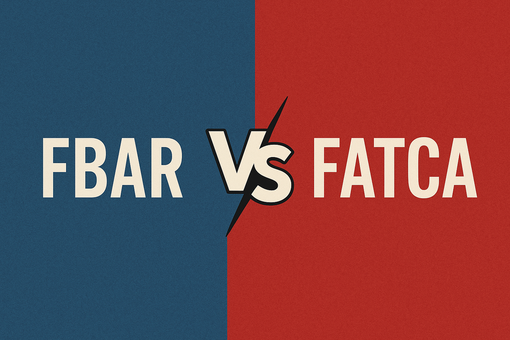Form 1095-C: Employer-Provided Health Insurance Offer and Coverage
What is Form 1095-C?
Alrighty, let's start with the basics!
Form 1095-C is basically a document that tells you all about your health insurance coverage. It's usually given out by employers who have 50 or more full-time employees (or part-time employees who work the equivalent hours).
This health insurance tax form is packed with all kinds of juicy details about the health insurance coverage your employer offers, including what kind of coverage was available to you, your spouse, and any kiddos you might have.
Who has to file Form 1095-C and why?
If you're wondering whether you need to deal with Form 1095-C, the answer depends on your employer.
Employers with 50 or more full-time employees are required by the IRS to file this form. It helps the government keep track of who's offering health insurance coverage to their employees, and whether that coverage is affordable or not.
As an expat, you'll likely receive a copy of Form 1095-C if you received health insurance coverage through your employer. It's a way to verify that you had "minimum essential coverage" (MEC) for the year, which is a requirement under the Affordable Care Act (ACA).
What info is on the 1095-C?
Form 1095-C includes a variety of information about your health insurance coverage. You'll find your employer's name, address, and identification number (EIN) on there, as well as your own name, address, and Social Security number (SSN).
The form also reports which months you were enrolled in health insurance coverage through your employer, and how much you paid for that coverage each month.
What’s the difference between 1095-A, 1095-B & 1095-C?
You might be wondering what sets Form 1095-C apart from Forms 1095-A and 1095-B.
These documents are all related to health insurance coverage, but they serve different purposes:
- Form 1095-A is used to report information about health insurance coverage obtained through the Health Insurance Marketplace.
- Form 1095-B is used to report information about minimum essential coverage provided by insurance companies, government-sponsored programs, and other sources.
- Form 1095-C, on the other hand, is used to report information about health insurance coverage offered by large employers.
What do I do with my 1095-C?
Alright, you've got your 1095-C in hand, but now what? The first thing to do is to review it and make sure all the information is accurate.
Check to see if your name, address, and Social Security number are all correct. If anything is wrong, contact your employer and let them know so they can fix it.
After you've confirmed the information is accurate, hang on to your 1095-C. You might need it when you file your taxes. While you don't need to submit it with your tax return, you might need it to answer questions on your tax forms.
So make sure to keep it in a safe place!
Form 1095-C preview
FAQ
Your employer should provide you with Form 1095-C by the end of January each year. If you haven't received it by early February, contact your employer for assistance.
Receiving multiple 1095-C forms can occur if you worked for more than one employer during the year or if your employer changed their health insurance offerings. Ensure you keep all received forms.
You don't need to submit Form 1095-C with your tax return, but its information may be required to answer specific questions on your tax forms.
If you were not a full-time employee or your employer isn't required to provide health insurance under the ACA, you might not receive a 1095-C. Contact your employer for more details if needed.
Form 1095-C is not required to be submitted with your tax return, but you may need the information it contains for answering certain tax form questions.
Form 1095-C can affect your taxes if you received a premium tax credit through the Health Insurance Marketplace. It indicates whether you had coverage for the entire year and if it met minimum essential coverage requirements.



